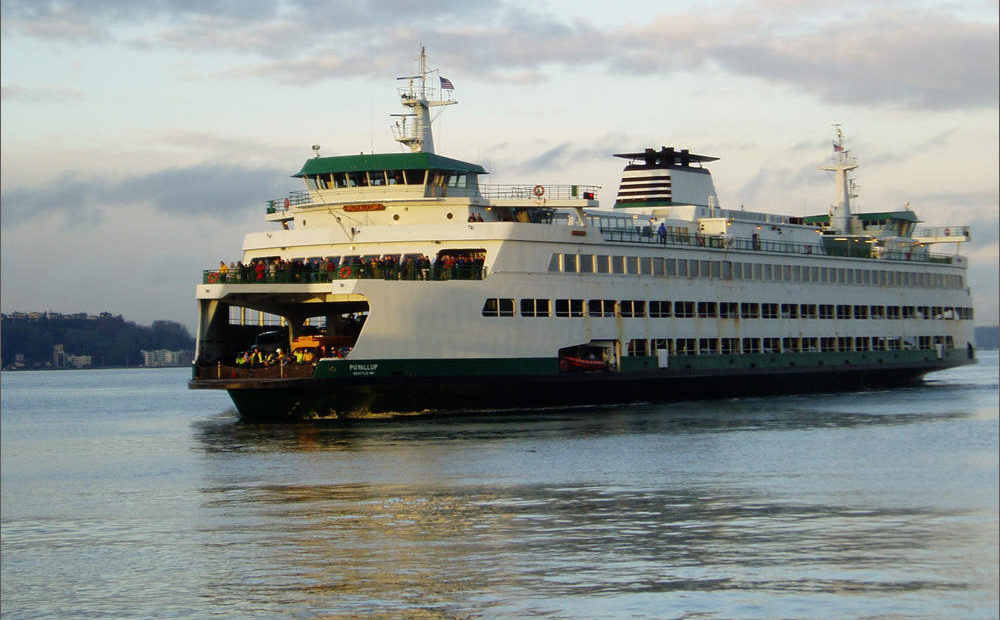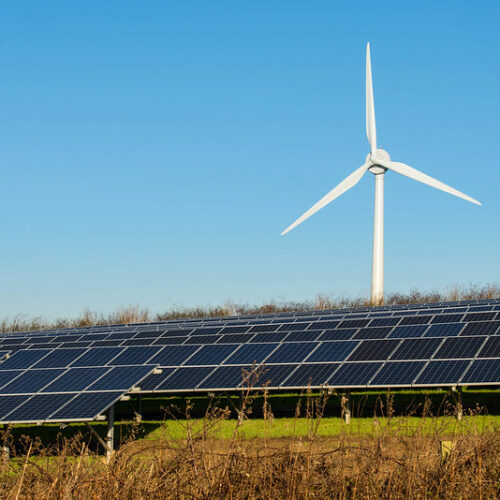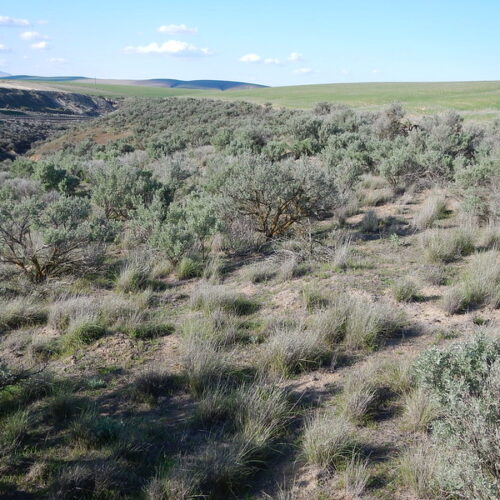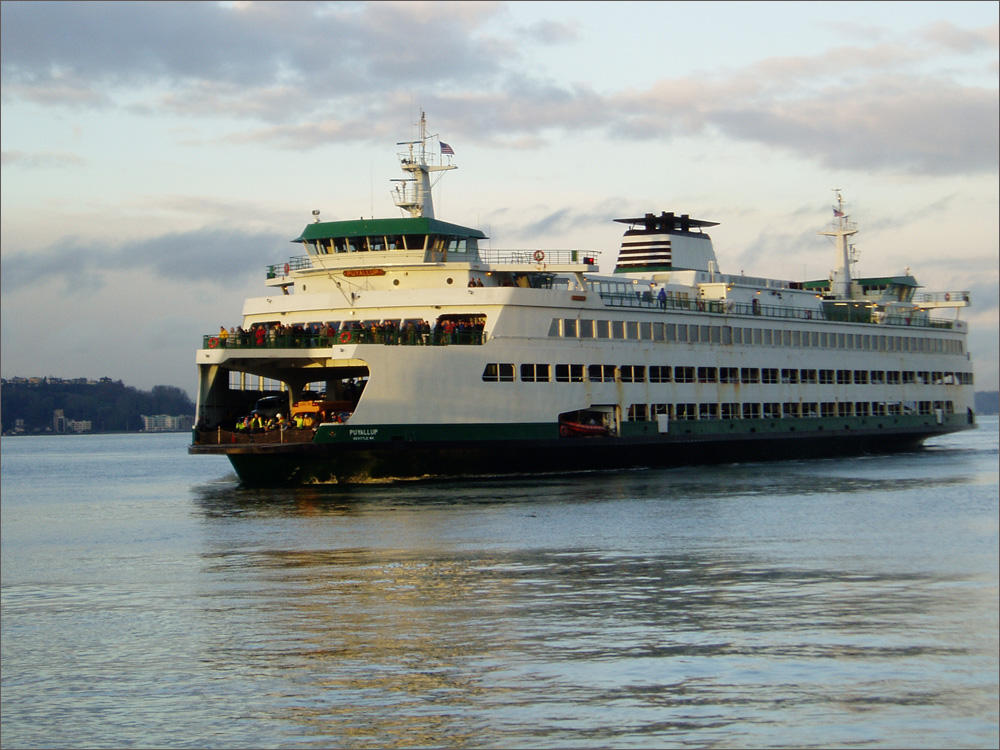
Washington Inches Closer To Hybrid Electric Ferry Fleet
Listen
Now that electric cars are a common sight on the nation’s highways, and prototypes exist for electric trucks and airplanes, could electric ferries be next?
The 2018 state transportation budget signed by Washington Gov. Jay Inslee Tuesday includes money to look at converting some of the state ferry fleet.
The Legislature gave $600,000 to Washington State Ferries to explore how to convert three ferries from diesel to hybrid electric propulsion. Director of Vessels Matt von Ruden said the money will boost a nascent vessel electrification project.
“We’ve done pre-design studies already to look at the vessels, terminals and the charging of the vessels, von Ruden said. “So we’re ready now to move forward to actually engage industry on the solution.”
That solution appears to be to install massive banks of batteries below deck on the three largest of the 22 active vessels in the fleet. Von Ruden said technology has evolved sufficiently such that battery power alone can propel jumbo ferries across Puget Sound, although the converted ferries would still have back-up diesel generators on board.
The three ferries being proposed for conversion to hybrid electric propulsion are the Tacoma, Wenatchee and Puyallup, which serve the Seattle-Bainbridge and Edmonds-Kingston runs with 202 vehicle and 1,500 passenger capacity each.
The ferry system says the Legislature would need to budget tens of millions of dollars of additional funding to carry out the propulsion conversions if this next phase of study shows feasibility and promise. Some of the capital costs would presumably be repaid with savings on the ferry system’s huge fuel bill.
According to a WSF spokesman, you could potentially ride across Puget Sound under electric power around five years from now.
Von Ruden said the ferry system is setting aside previous plans to convert six mid-sized car ferries from diesel to natural gas propulsion. Since 2011, the state has studied in-depth the possibility of retrofitting this class of vessels with liquefied natural gas tanks. LNG burns cleaner than diesel.
“What’s exciting is we can move beyond that now because the technology allows us to leverage the clean hydroelectric power that we are fortunate to have in the Pacific Northwest and actually make this trip all the way from Seattle to Bainbridge on electric power,” von Ruden said in an interview aboard the M/V Tacoma.
Washington state operates the nation’s biggest ferry system.
European countries, particularly Norway, are home to a handful of operating battery-powered ferries with more under construction in shipyards.
State Senate Transportation Committee Chair Steve Hobbs said he is very excited about the potential for fuel savings and lower emissions.
“With the big push of trying to reduce carbon and trying to make ourselves as a state more efficient, I think this is a great opportunity for this state to take these ferries that are running on diesel — they put out a lot of carbon, a lot of pollution — and let’s see if we can start the process of conversion to electric,” Hobbs said in an interview.
The Legislature directed WSDOT to ask for a share of the money from Volkswagen’s emissions cheating settlement to help transition state ferries to electric power.
KNKX Reporter Bellamy Pailthorp contributed to this report.
Related Stories:

This bill could give Washington tribes, communities more say in wind, solar development
A new bill making its way through the Washington Legislature would require county and tribal approval for new wind and solar projects that go through the state’s Energy Facility Site

Tri-Cities activists plan to file lawsuit challenging approval of Horse Heaven Clean Energy Center
A view of the Horse Heaven Hills. Washington Gov. Jay Inslee recently signed off on a new renewable energy project that could be built along roughly 24 miles of ridgelines

Inslee approves controversial wind farm near Tri-Cities
Horse Heaven Hills, in southeastern Washington, with Webber Canyon in the distance. Washington Gov. Jay Inslee approved a large-scale renewable energy project along 24 miles of ridgelines in the area.
















